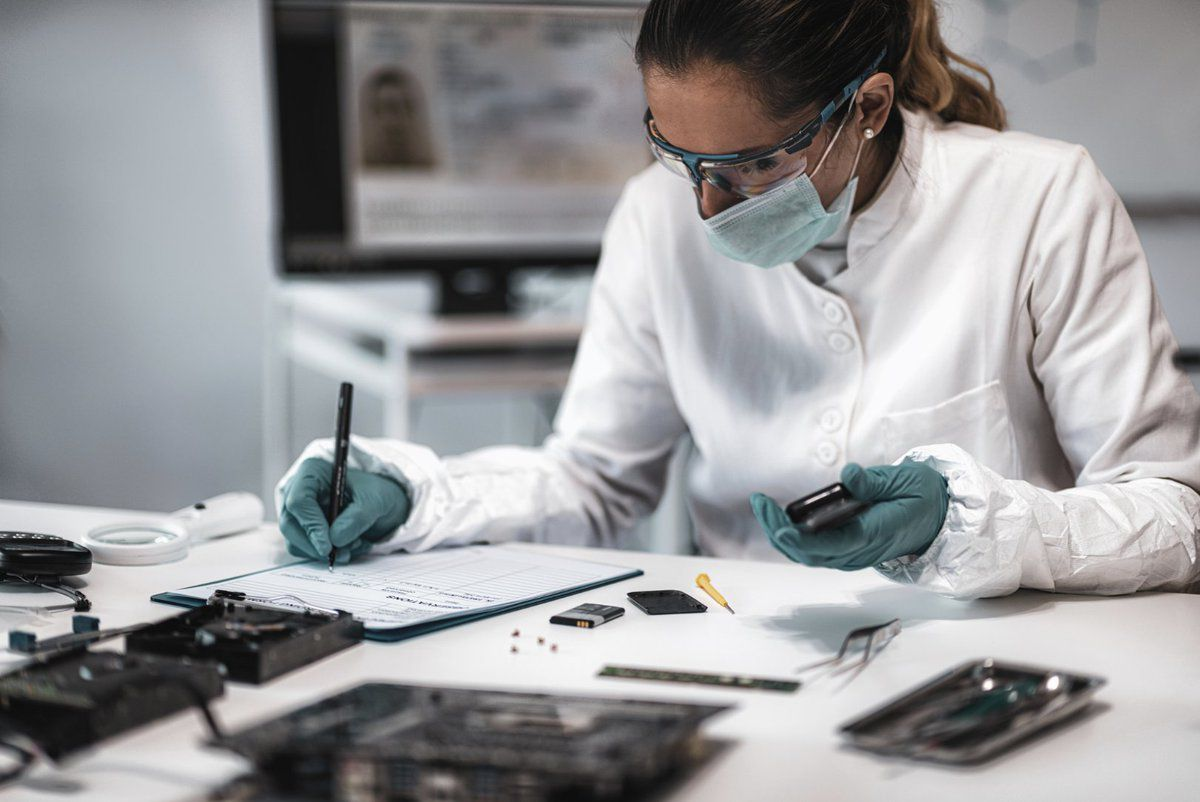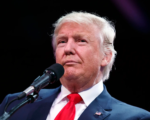Brazil is leveraging advanced forensic technology to tackle the illicit gold trade in the Amazon, where illegal mining accounts for nearly half of the country’s gold production. One of the first high-profile cases utilizing this technology involved Harley Sandoval, an evangelical pastor and mining entrepreneur, who was arrested in July 2023 for illegally exporting 294 kilograms of gold to the United States, Dubai, and Italy.
While Sandoval claimed the gold originated from a legal mining site in Tocantins, authorities determined through satellite imagery and forensic analysis that it was sourced from wildcat mines in Pará, including some on Indigenous lands. This breakthrough stems from Brazil’s “Targeting Gold” program, which analyzes gold’s unique elemental “fingerprints” using radio-isotope scans and fluorescence spectroscopy.
Unveiling the DNA of Gold
Tracing gold has long been a challenge, as smelting erases visible origins. However, advancements in forensic science have changed that. By examining nano-sized impurities in gold, such as traces of lead or copper, scientists can pinpoint its source. Federal Police Director Humberto Freire described this process as analyzing the “DNA of Brazilian gold.”
The technology, developed in collaboration with university researchers, has already bolstered gold seizures by 38% since President Luiz Inácio Lula da Silva took office in 2023. Lula’s administration has also introduced stricter regulations, such as mandatory electronic tax receipts and enhanced monitoring of gold transactions.
Brazil exported 110 tons of gold in 2020, valued at $5 billion. However, tighter enforcement has reduced exports to 77.7 tons in 2023, highlighting efforts to curb illegal mining.
The Environmental and Social Toll of Illegal Mining
Illegal mining, spurred by high global gold prices, has devastating consequences for the Amazon rainforest and its Indigenous communities. Satellite images reveal a record 80,000 wildcat mining sites, where industrial-scale operations employ heavy machinery and river dredgers, leaving behind mercury-contaminated sludge.
In the Yanomami Indigenous territory, miners have caused widespread violence, disease, and malnutrition, leading to a humanitarian crisis. While Lula deployed troops to expel the miners, many returned after the military withdrew, prompting further environmental agency operations.
Criminal organizations play a significant role in this illegal trade, using clandestine airstrips and helicopters to transport equipment and gold. Their activities feed international markets, with Switzerland buying 70% of Brazil’s exported gold.
Global and Regional Impact
Brazil’s efforts to trace and regulate gold are gaining international attention. Neighboring countries like Colombia and French Guiana are considering adopting similar forensic methods, while European nations, including Switzerland and Britain, are exploring anti-counterfeiting measures.
Despite progress, challenges remain. A strong mining lobby in Brazil’s Congress is pushing for legislation to legalize wildcat mining, complicating enforcement efforts. Meanwhile, researchers aim to expand the national gold database, analyzing 30,000 samples collected by the Geological Service to map Brazil’s 24 gold-producing regions.
Geologist Maria Emilia Schutesky, a key player in this initiative, emphasized the significance of forensic evidence: “We seek a 100% ability to trace gold, but for the police, it’s enough to prove that the gold does not come from where the suspect claims it does.”
With forensic science uncovering the secrets of gold’s origins, Brazil is strengthening its fight against illegal mining, aiming to protect the Amazon and its people while setting a global standard for responsible gold trade.


















